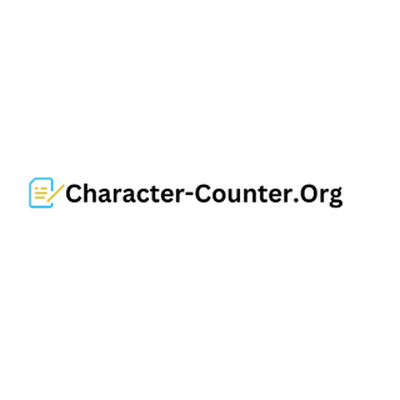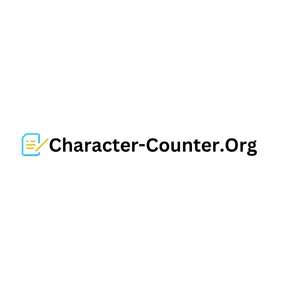The Science Behind Accurate Character Counting with Online Tools
Corps
Introduction
In the realm of digital communication, precision is paramount. Whether crafting a tweet, writing an essay, or creating web content, adhering to character limits is essential. Character counter online tools have become indispensable aids for writers, professionals, and students alike. But have you ever wondered about the science that enables these tools to provide accurate character counts? In this article, we delve into the mechanics behind character counting algorithms and how they ensure accuracy in the world of online content.
**1. The Basics of Character Counting Algorithms:
Character Segmentation:
At its core, character counting begins with segmenting the input text into individual characters. This process involves identifying spaces, letters, punctuation marks, and special characters.
Whitespace Handling:
Whitespace characters, such as spaces and line breaks, are crucial factors in accurate character counting. Algorithms must differentiate between visible characters and whitespace to avoid inflating the count.
**2. Unicode and Character Encoding:
Unicode Complexity:
The advent of global communication has led to the adoption of Unicode, a standardized character encoding system that encompasses a vast range of characters, scripts, and symbols. Character counting algorithms need to account for the complexity of Unicode, ensuring accurate counts across various languages and scripts.
Multibyte Characters:
Languages like Chinese, Japanese, and Korean employ multibyte characters, which consume more memory space. Counting these characters accurately requires algorithms that can recognize and handle multibyte encodings.
**3. Handling Formatting and Special Characters:
Special Characters:
Character counting tools must accurately include special characters like punctuation marks, symbols, and emojis. These characters contribute to both the content's meaning and its visual appeal.
Formatting Considerations:
Formatting elements such as bold, italics, and underlined text can affect character counts. Algorithms must discern whether to include these formatting markers or focus solely on the actual text.
**4. Algorithmic Complexity:
Efficiency:
Character counting algorithms need to strike a balance between accuracy and efficiency. They must provide quick results, especially for online tools that users expect to perform instantaneously.
Iteration and Counting:
Algorithms often employ iteration, sequentially analyzing each character in the input text and counting the appropriate ones. This iterative process ensures that every character is accounted for.
**5. Character Counting in Different Languages:
Whitespace Variations:
Different languages may have varying whitespace conventions, including spaces and line breaks. Algorithms need to adapt to these variations to provide accurate counts.
Script-Specific Challenges:
Languages with complex scripts, such as Arabic or Indic scripts, pose challenges due to ligatures and diacritics. Character counting algorithms must accommodate these script-specific intricacies.
**6. Visual vs. Logical Character Counting
Visual vs. Logical Characters:
Counting characters isn't solely about the visible symbols on the screen. Algorithms must account for both visual characters (how they appear) and logical characters (their underlying representation)
Impact of Diacritics:
Diacritics, such as accents and umlauts, can alter the appearance of characters. Algorithms must accurately determine whether diacritics are counted as separate characters or combined with their base characters.
Conclusion:
The science behind accurate Twitter Character Counter with online tools is a blend of intricate algorithms, encoding systems, and language considerations. As you utilize character counting tools to craft tweets, compose essays, or create web content, remember that these tools are built upon a foundation of complex computational principles. The algorithms work diligently to ensure that each character is correctly accounted for, regardless of language, script, or formatting intricacies. In a world where communication hinges on precision, the science of character counting plays a pivotal role in enabling accurate and effective online content creation.











commentaires